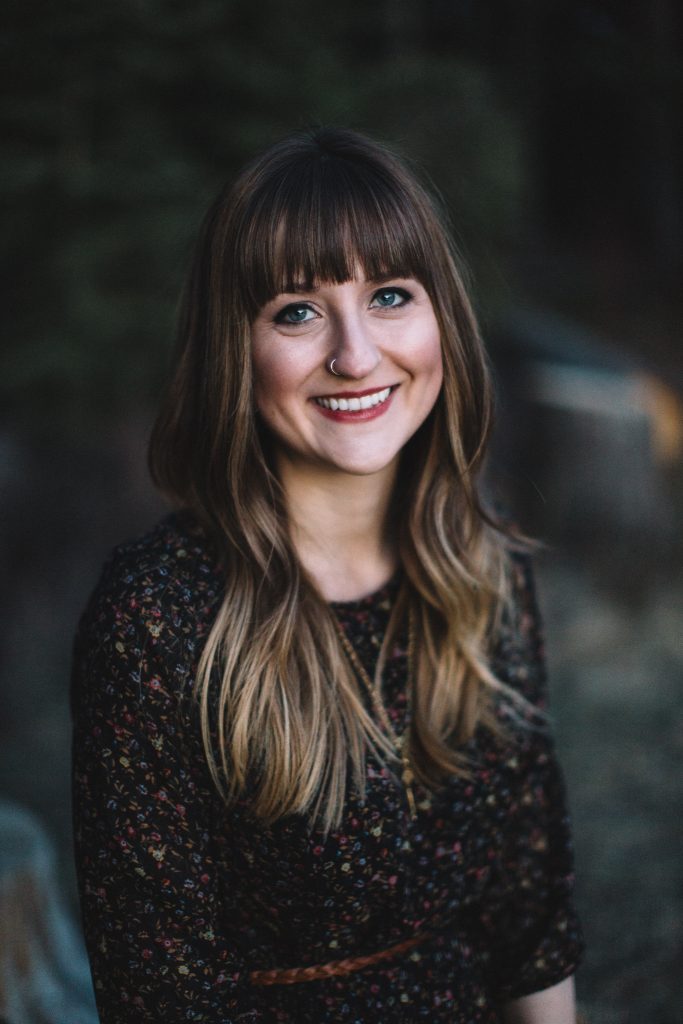What You Need to Know About Your Kids’ Vision As They Get Ready for School Again

It’s hard to believe that September is just around the corner. In past years, the phrase “back to school” meant picking up supplies, planning first-day outfits, and waiting anxiously to see class lists. Thanks to the huge curveball COVID-19 has thrown, the back to school routine many of us are used to has all but gone out the window. While families likely have many questions and concerns about how to help their kiddos find success in their learning this year, there’s one factor that is universal to helping all children do their best, and that’s ensuring they have a comprehensive eye exam.
Regardless of whether your child will be attending school at home or in the classroom, vision plays an important role in their learning success and is necessary to help them reach their full potential. As a teacher, I can attest to the huge role that visual examples play in a young child’s learning experience. In fact, for the first 12 years of a child’s life, 80% of the learning they do is visual!
It can be easy to assume that our children’s vision is fine, since many kids think that what they’re seeing is just the way the world looks and never complain. I was surprised to learn that one in four school-aged children has a vision problem – whoa! When vision problems are left untreated, they can have huge impacts on our kids’ learning and development. In fact, approximately 60% of children who experience reading difficulties have undiagnosed vision problems. Additionally, kids with vision problems are often diagnosed with learning or behavioural difficulties, such as ADHD, dyslexia, and speech disorders. By ruling out vision issues as a barrier to our children’s success, we can ensure we are giving them all the tools they need to learn according to their individual needs.
Signs Your Child May Have a Vision Problem
It’s important to make yearly eye exams a part of your family’s regular routine. Signs that your child may be struggling with their eyesight include:
- Squinting
- Rubbing their eyes
- Having difficulty concentrating
- Avoiding books or television
- Holding things close to the face
- Appearing visibly frustrated
Many of these symptoms are common in children with myopia in particular. Myopia (otherwise known as nearsightedness) impacts 28.9% of Canadian children between 11 and 13 and is becoming increasingly common (according to the 2018 study Myopia Prevalence in Canadian School Children: a Pilot Study.) If you notice any of the above signs in your child, you should consider getting their eyes checked.
When Should My Child Visit the Eye Doctor?
The Alberta Association of Optometrists recommends that children have their first comprehensive eye exam between the ages of six and nine months (yup – even babies need an eye exam!) Their second visit to the optometrist should be made between ages two and five, and after that, they should visit once per year. Albertans are encouraged to speak with their optometrist about Alberta Health coverage for comprehensive eye exams for children under the age of 19. As an added bonus, through the Eye See…Eye Learn program, kindergarten-aged children who require a prescription are eligible to receive a free pair of eyeglasses. Get the details at optometrists.ab.ca/esel
Is Visiting the Optometrist Safe?
If you’re concerned about booking an eye appointment in the midst of the pandemic, you can rest assured that Alberta optometry clinics have implemented a series of protocols to keep your family safe and help prevent the spread of COVID-19. Equipment is sanitized between patients, protective shields have been installed, and personal protective equipment is used by staff. Patients and visitors are also asked to wear a mask during their visit. When booking your appointment, the clinic’s staff will explain what you and your child can expect during your visit, and they will be happy to answer any questions you may have. The Alberta Association of Optometrists has outlined further information on their safety protocols on their website.
If your family doesn’t have an optometrist yet, the Alberta Association of Optometrists has an excellent resource to help you find an eye doctor near you. To learn more or find an optometrist, visit optometrists.ab.ca.
Thanks to the Alberta Association of Optometrists for partnering with us on this informative post.














